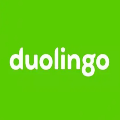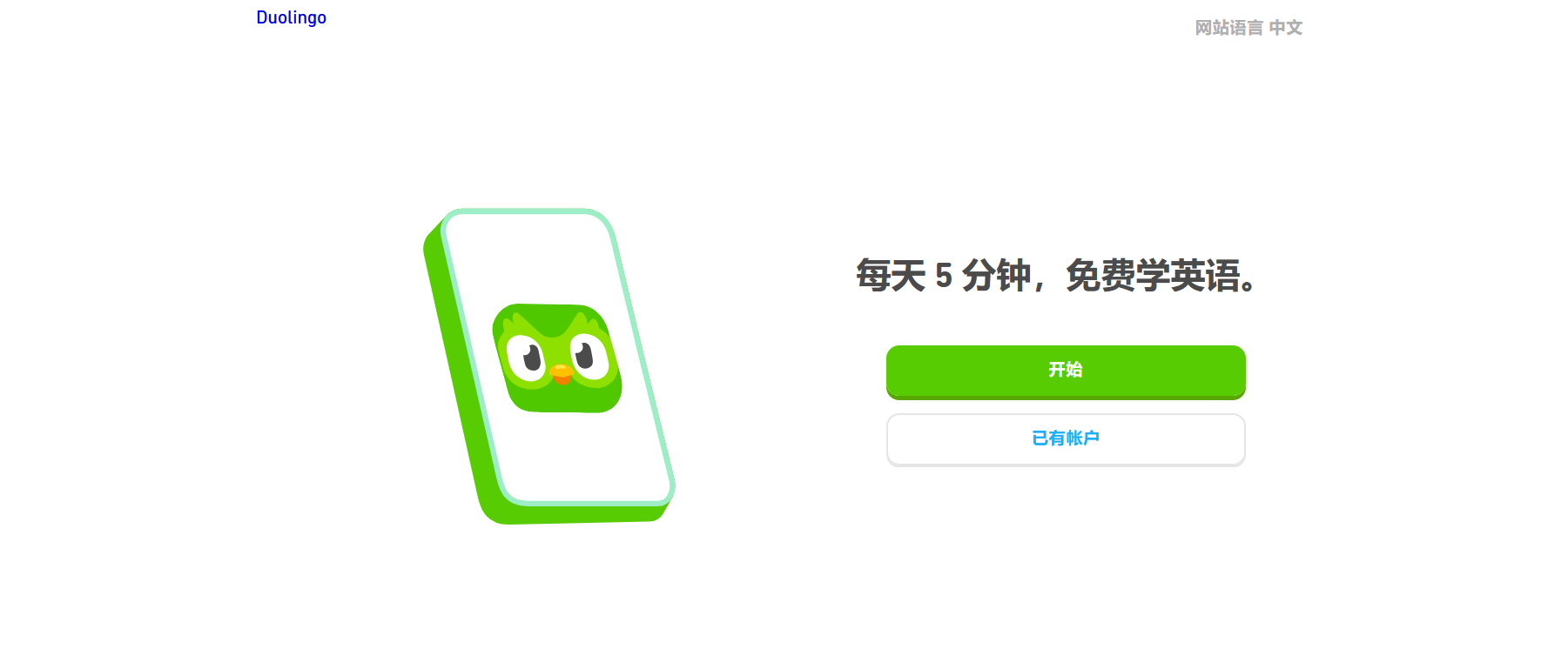Duolingo is the world’s leading language-learning
platform, founded in 2011 by Luis von Ahn and Severin Hacker. With over
500 million registered users and 40+ supported languages, it combines
education with gamification to make learning accessible and engaging. As
of 2025, Duolingo’s market valuation exceeds $15 billion, reflecting
its dominance in edtech.
Duolingo official Website: https://www.duolingo.com
Key Features
Gamified Learning:
Interactive lessons use points, streaks, and leaderboards to motivate users.
Bite-sized modules (5–20 minutes) adapt to individual progress.
Multilingual Support:
Offers courses from Spanish to Klingon, including endangered languages like Hawaiian.
Duolingo English Test (DET) is accepted by 4,000+ institutions for language proficiency.
AI-Driven Personalization:
The Birdbrain algorithm adjusts difficulty based on user performance.
Free + Premium Model:
Free tier with ads; Super Duolingo ($6.99/month) removes ads and offers offline access.
Tools
Includes forums, progress tracking, and course trees.
Mobile Apps: iOS/Android apps account for 80% of user activity.
Duolingo for Schools: Free dashboard for educators (schools.duolingo.com).
Cultural and Educational Impact
Democratizing Education: 60% of users are from non-English-speaking countries.
Pop Culture Presence:
Viral mascot Duo the Owl and memes (e.g., "Night Owl" notifications).
Partnerships with Stranger Things for "Upside Down" language courses.
Criticism: Limited conversational practice compared to immersive methods.
Technical Notes
Accessibility: Available globally except in regions with internet restrictions (e.g., China uses Duolingo China version).
Data Privacy: Complies with GDPR; anonymized data improves AI models.
Future Directions
Expanding STEM courses (e.g., Duolingo Math).
Integrating VR for immersive practice by 2026.
Duolingo’s blend of science and fun has redefined language education. Its scalable, inclusive model continues to bridge global communication gaps, making it a cornerstone of modern edtech.



